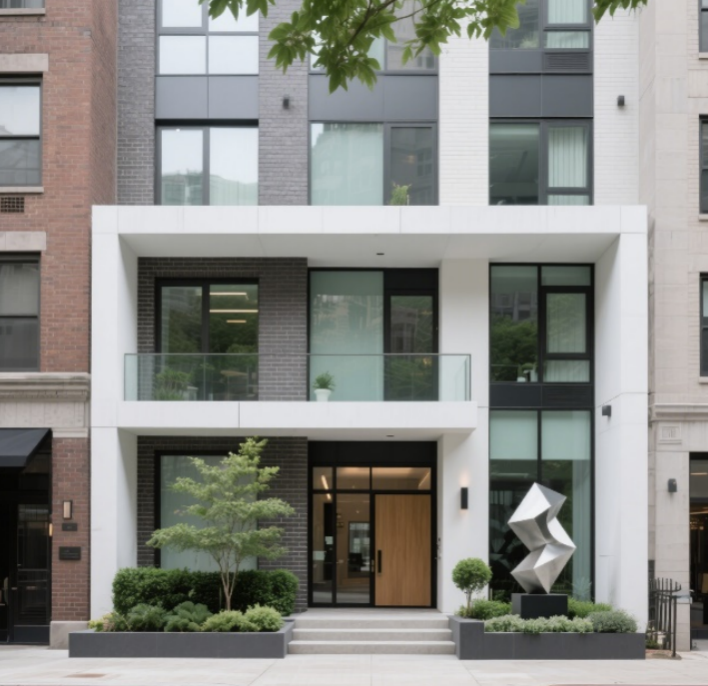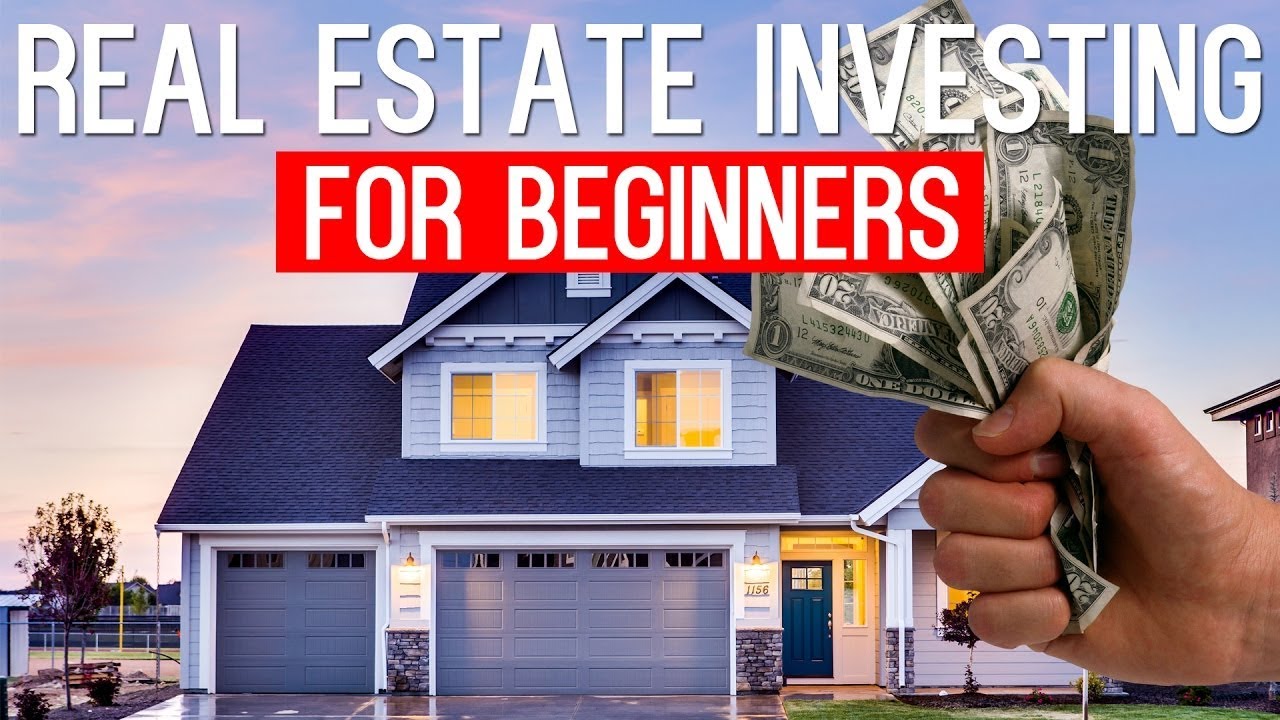
In metropolises like New York, London, and Tokyo, a housing revolution is unfolding: young professionals now spend $2,500–$3,500 monthly on a single bedroom in shared living spaces—pricing that would have secured a standalone apartment just half a decade ago. Coliving, once dismissed as a niche option for travelers, has evolved into a $40 billion global industry catering to ambitious millennials and Gen Z. But what drives this premium, and does the investment hold long-term value?
The Allure of Curated Urban Living
Brands like WeLive (New York), The Collective (London), and Common (Los Angeles) have transformed shared housing into a lifestyle ecosystem. Tenants trade private square footage for access to fully furnished bedrooms paired with luxury communal amenities: rooftop lounges, high-speed coworking suites, fitness centers, and even professionally curated social events. In Manhattan’s Hudson Yards, The Yard charges $3,200/month for a 120 sq ft room, but residents gain 24/7 concierge service, weekly wellness classes, and direct access to networking events with tech startups—all within walking distance of major corporate offices.
This model thrives on three interconnected needs. Prime location tops the list: 72% of coliving spaces occupy downtown districts where standalone apartments cost 30–50% more (CBRE, 2025). A bedroom in London’s Shoreditch rents for £2,800/month, compared to £4,500 for a solo flat in the same postcode. Social connectivity is another driver: a 2024 Censuswide survey found 58% of millennials cite loneliness as a top urban challenge, making coliving’s built-in community—think rooftop cinemas or collaborative work sessions—a powerful antidote to isolation. Finally, hassle-free living appeals to overworked professionals: inclusive utilities, regular cleaning, and maintenance eliminate the stress of household management, saving an estimated 10 hours monthly for residents.

The Financial Trade-off: Convenience vs. Cost
Critics argue coliving represents a “lifestyle tax,” with tenants paying a premium for services they may not fully utilize. RentCafé data shows shared bedrooms in New York’s coliving hubs cost 40% more than traditional roommate setups in the same area—a five-year difference of $24,000, enough for a down payment on a suburban home. Yet advocates highlight hidden value: free access to premium coworking spaces (a $300–$500 monthly saving compared to standalone memberships), plus networking opportunities that can accelerate career growth, particularly in tech-centric neighborhoods like San Francisco’s Mission District. For many, proximity to urban opportunity—cultural hubs, transit networks, and job centers—justifies the expense, as location often correlates with professional advancement.
Weighing the Worth
The decision to invest in coliving hinges on lifestyle and life stage. Short-term renters (1–2 years) benefit most: flexible 30-day leases and instant community are ideal for expats or gig workers new to a city. Long-term residents, however, face diminishing returns: only 12% of coliving members stay beyond three years (Urban Land Institute, 2025), as the lack of equity and limited privacy lose appeal. Social dynamics also matter: extroverts thrive in curated communal environments, while introverts may feel pressured to engage, leading to “community fatigue”.

The Evolution of Coliving
As urban real estate prices soar, coliving is diversifying. Micro-coliving models offer 80 sq ft pods with shared facilities for budget-conscious nomads, while family coliving experiments in Barcelona and Tokyo blend private spaces with shared childcare and co-working areas. The core takeaway? Coliving isn’t about affordability—it’s about purchasing an experience: access to prime locations, built-in networks, and time saved on logistics. For young professionals who measure success in connections and convenience, the $3K monthly spend may feel like a strategic investment. For others, it’s a premium price for a transient trend.
In the end, coliving’s value lies in personal priorities: trading privacy for community, square footage for opportunity, or short-term comfort for access to urban momentum. As with any trend, clarity is key: understand what you’re paying for—and whether it aligns with your vision of progress.





